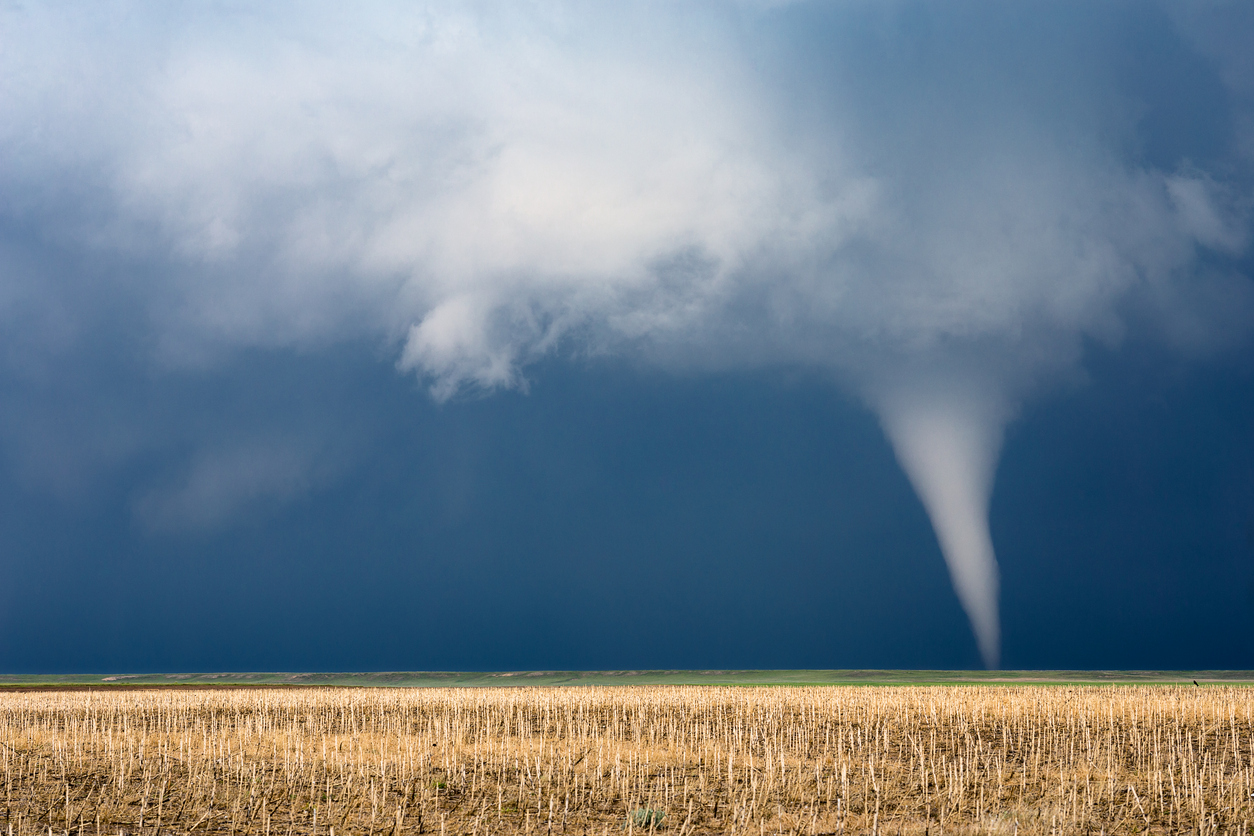Global economic losses from natural catastrophes hit $380 billion in 2023, with insured losses coming in at $118 billion, according to a new report from Aon.
The protection gap – the difference between insured and economic losses — reached 69% in 2023, up from 59% in 2022. The statistic highlights “the urgency to expand insurance coverage,” Aon experts said in the report.
“There is a tremendous opportunity to close this protection gap, provide real value to clients, and fundamentally strengthen the impact of our industry on how society responds to severe weather and climate risks,” said Aon CEO Greg Case in the report. “These are challenges today, not problems down the road. However, while many organizations have seen the threat, they have yet to take any action.”
Andy Marcell, Aon’s CEO of risk capital and CEO of reinsurance, added, “The findings of the report highlight the need for organizations – from insurers to highly impacted sectors such as construction, agriculture and real estate – to utilize forward-looking diagnostics to help analyze climate trends and mitigate the risk, as well as protecting their own workforces. Risk managers can take advantage of increasingly sophisticated tools and leverage analytics to unlock capital and make better decisions. Equally, the insurance industry plays a critical role in improving the financial resilience of communities within their portfolios and taking the opportunity to bridge the protection gap with new and relevant products.”
While insured disaster losses dropped from 2022 ($151 billion), economic losses increased from $355 billion. Both were above the 21st century average, with insured losses exceeding $100 billion for the fourth consecutive year and economic losses exceeding $300 billion for the eighth year in a row.
Last year was also the deadliest since 2010, with 95,000 people losing their lives to natural catastrophes, the broker commented in its Annual Climate and Catastrophe Insight report. It was also the hottest year on record, with an estimated 16,500 heat-related deaths.
Earthquakes on the Turkey-Syria border (an estimated $92 billion in total loss) and “relentless” severe convective storms (SCS) in the U.S. and Europe drove the year’s economic losses higher. New Zealand, Italy, Greece, Slovenia and Croatia all experienced their costliest weather-related insurance events on record.
More than two-thirds (67%) of global insured losses occurred in the U.S., becoming the “most damaging” peril for insurers.
“While no event reached the 10-billion-dollar mark, there were at least 37 billion-dollar disasters in total, marking a new historical record. This underlines the growing frequency of medium-sized events, particularly severe convective storms, and their impact on global losses. SCS was the most damaging peril for insurers,” Aon wrote.
The new year has already kicked off with costly natural disasters. In its weekly round-up of weather events, Aon’s Impact Forecasting team tracked a “prolonged series of winter storms” across the U.S. The series of events, which brought frigid temperatures to the Northwest, Great Plains, Southern U.S., and the Midwest, is likely to cost hundreds of millions of dollars in economic losses. At the same time, the New England region experienced flash flooding and coastal flooding, while upstate New York saw “crippling amounts of snow.” A deadly ice storm struck Oregon between Jan. 16 -17, causing “notable property and infrastructure damage.”
Snowfall across the country led to hundreds of vehicle accidents, including 600 just in Tennessee, Aon reported.
“Since the beginning of 2024, five powerful winter storms have wreaked havoc across nearly all of the continental United States. Given the aggregated winter weather, severe weather, and flooding impacts, total economic and insured losses could reach well into the hundreds of millions USD, potentially higher,” the broker said.













